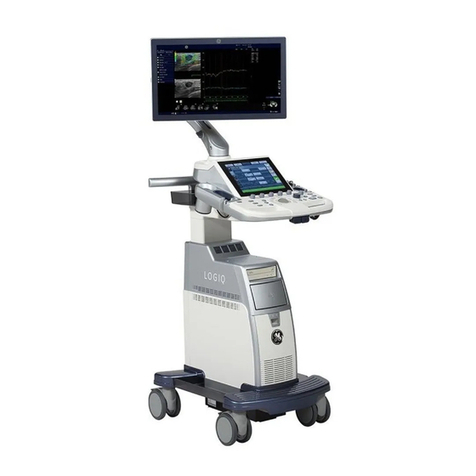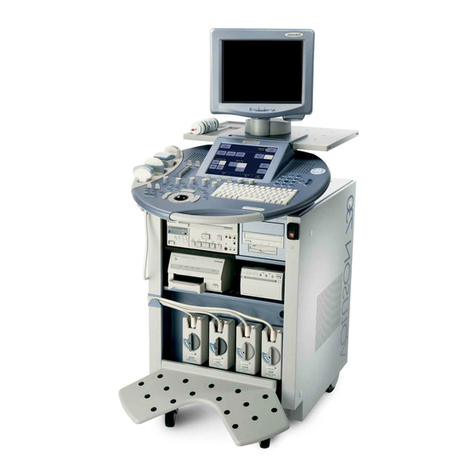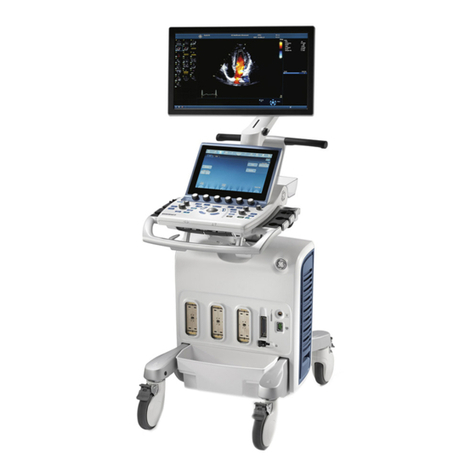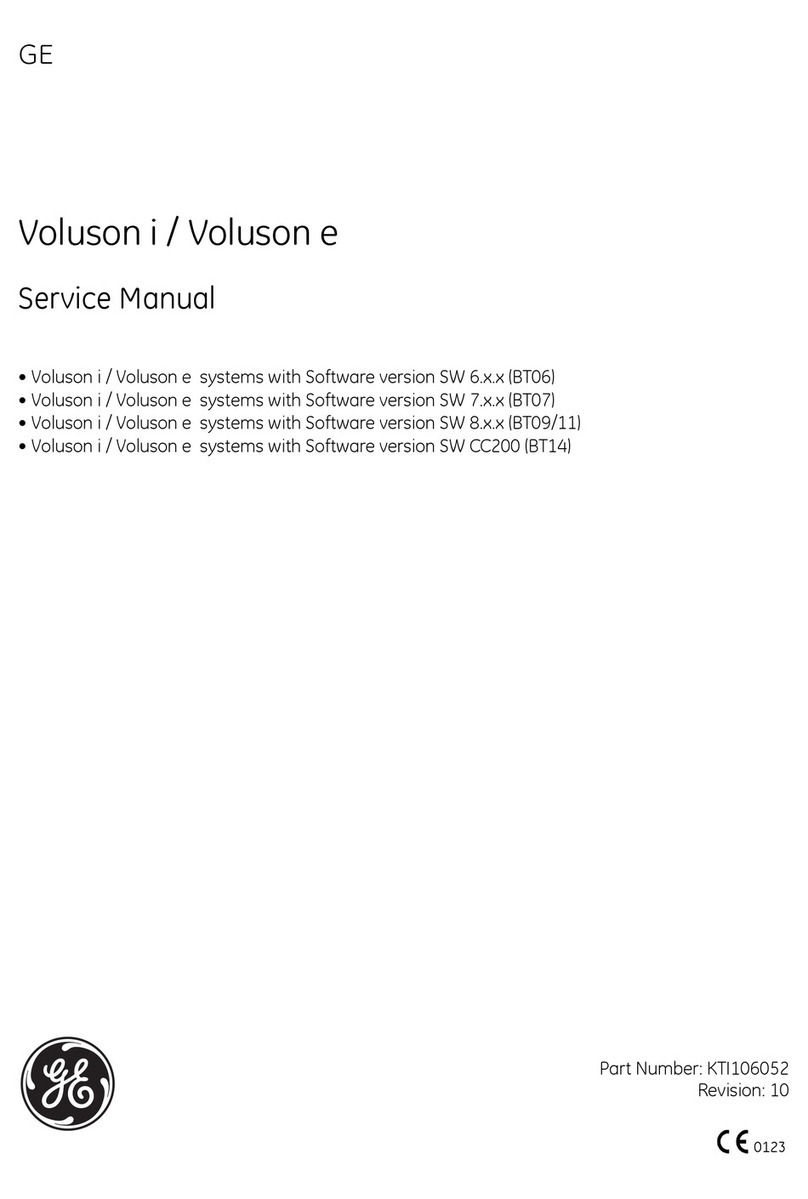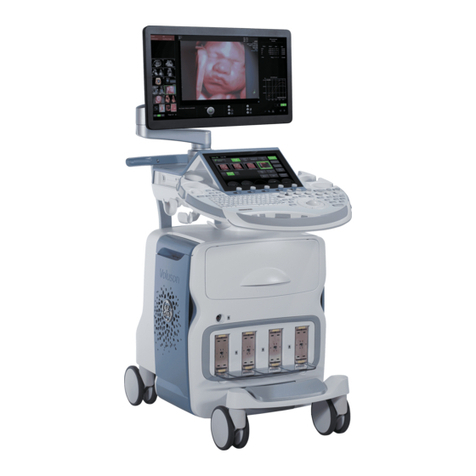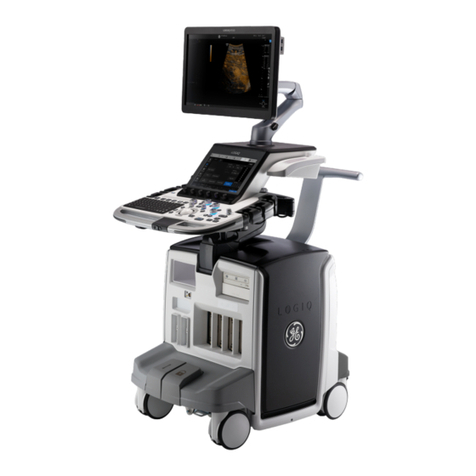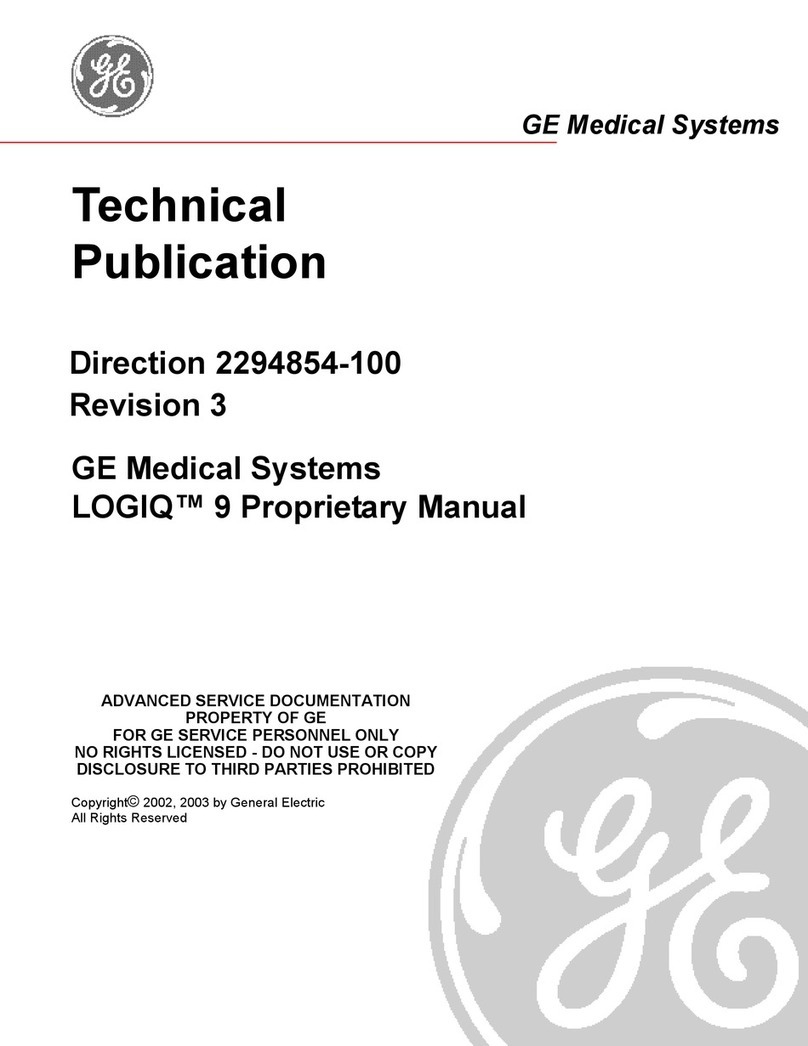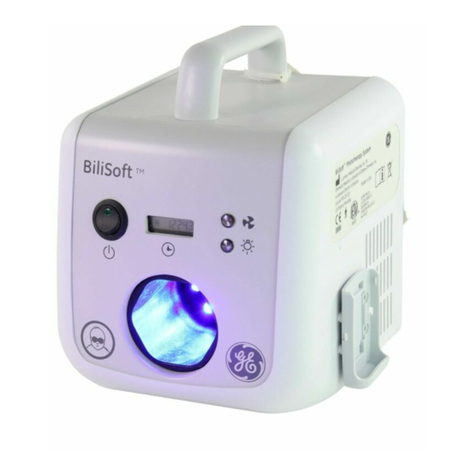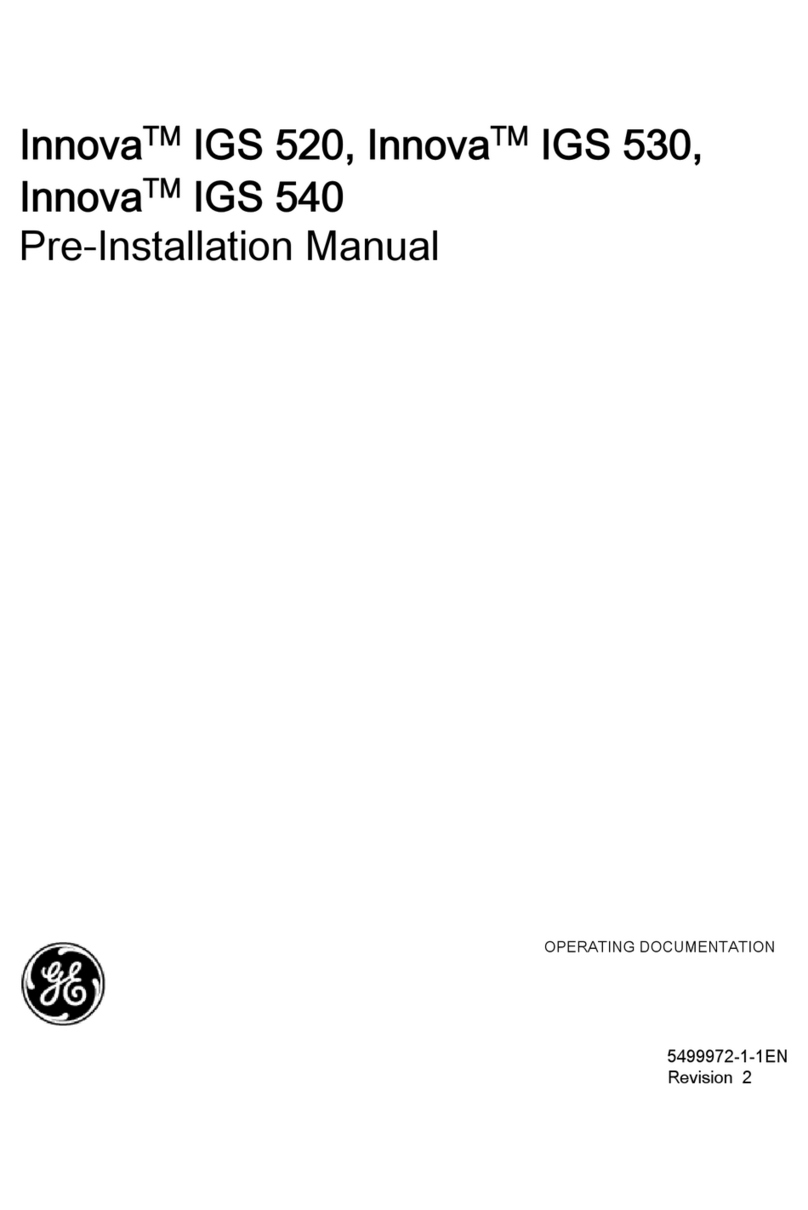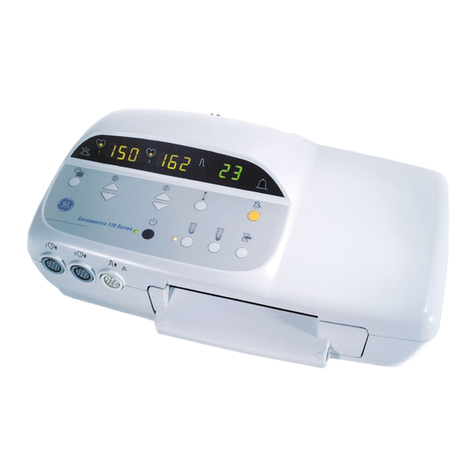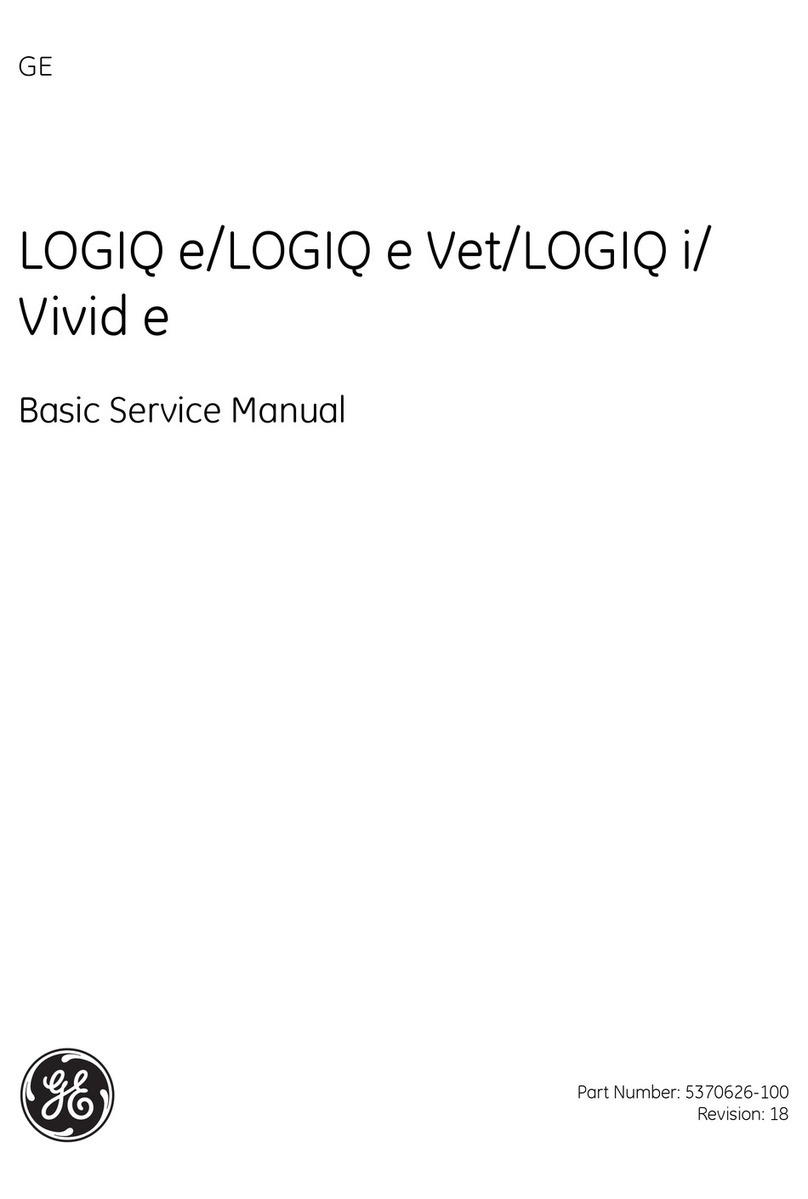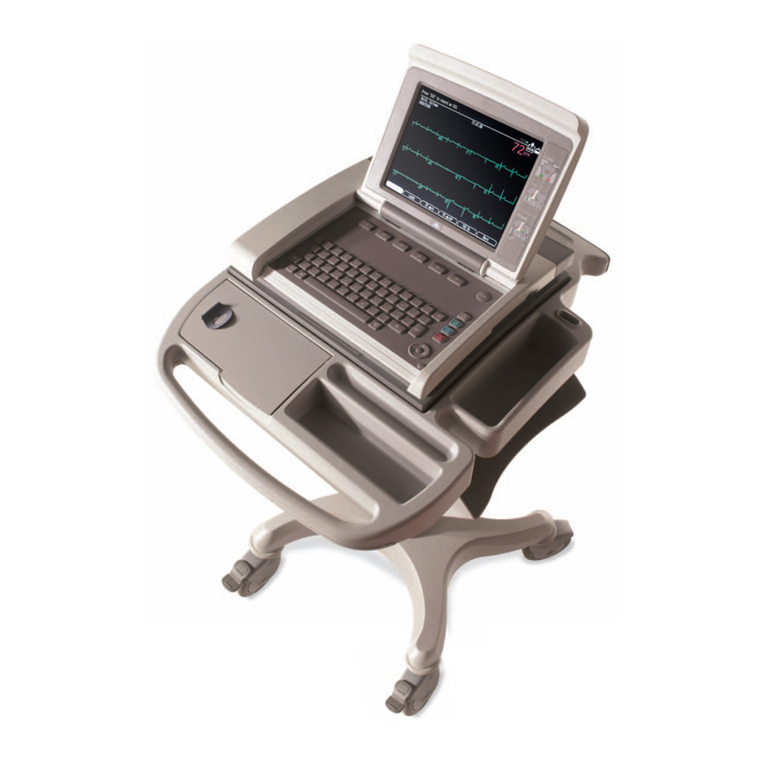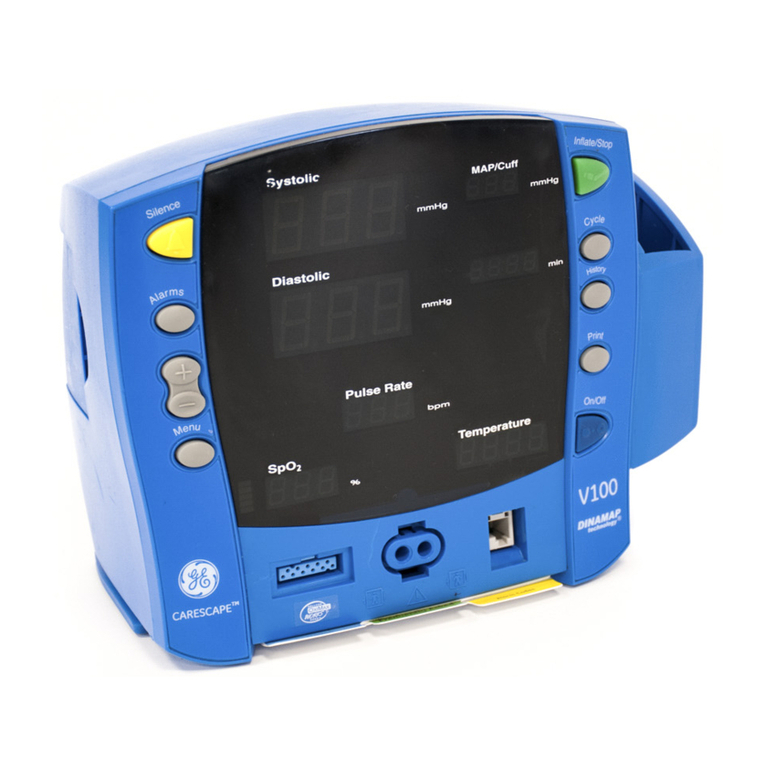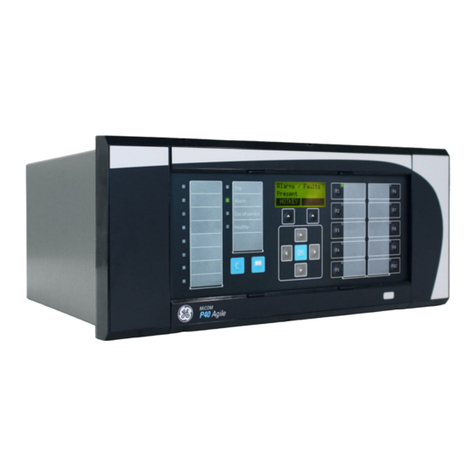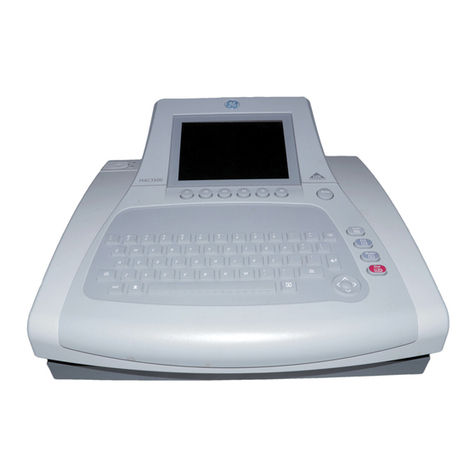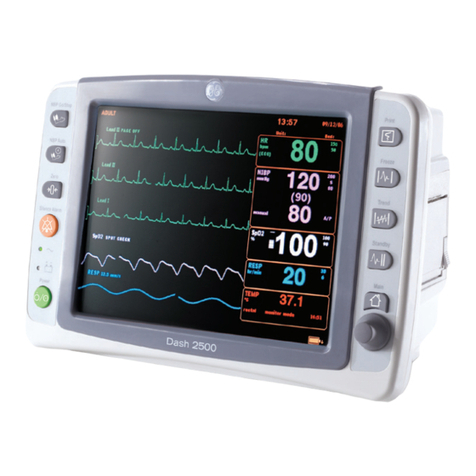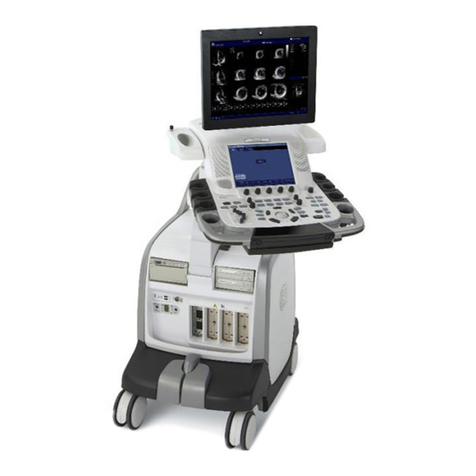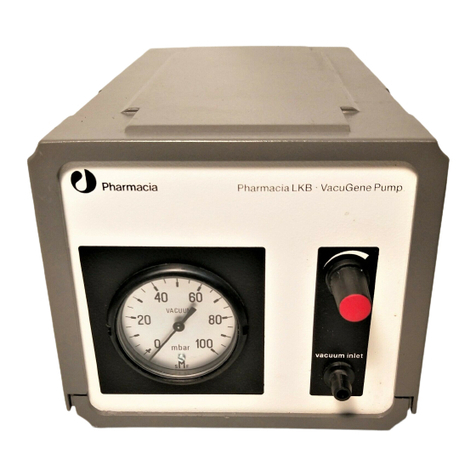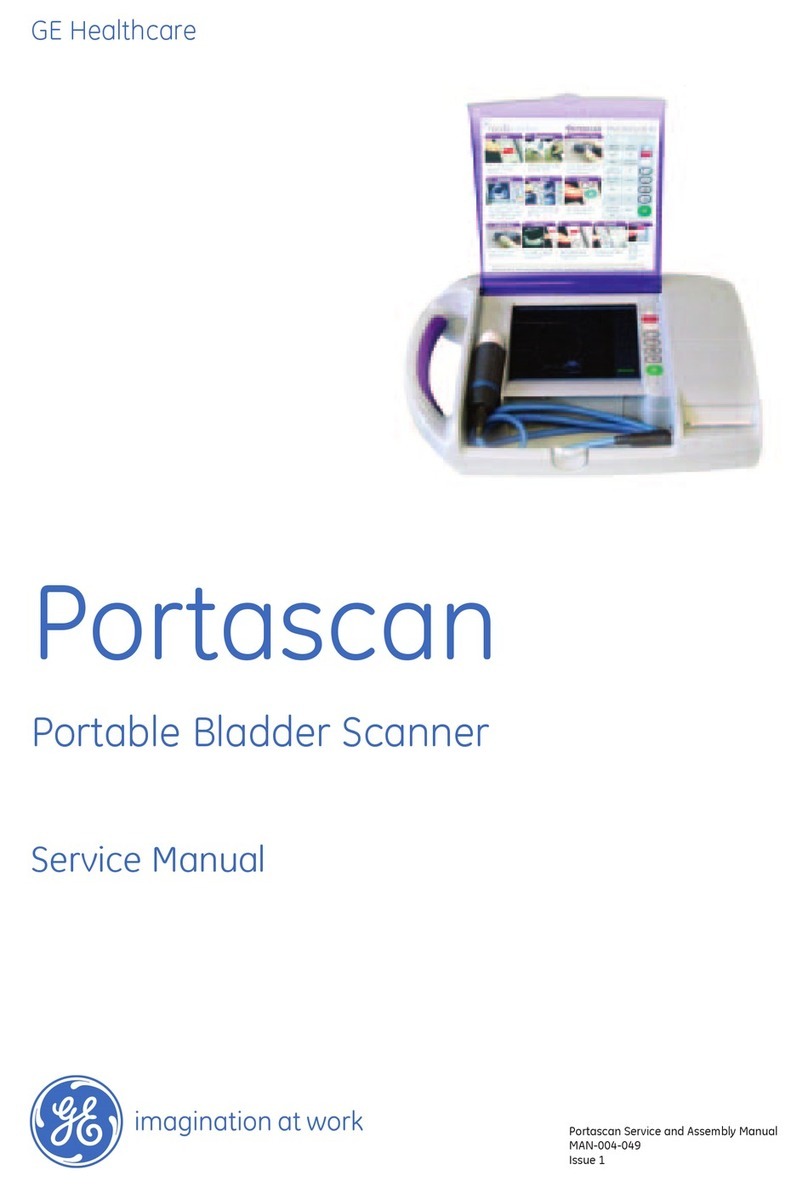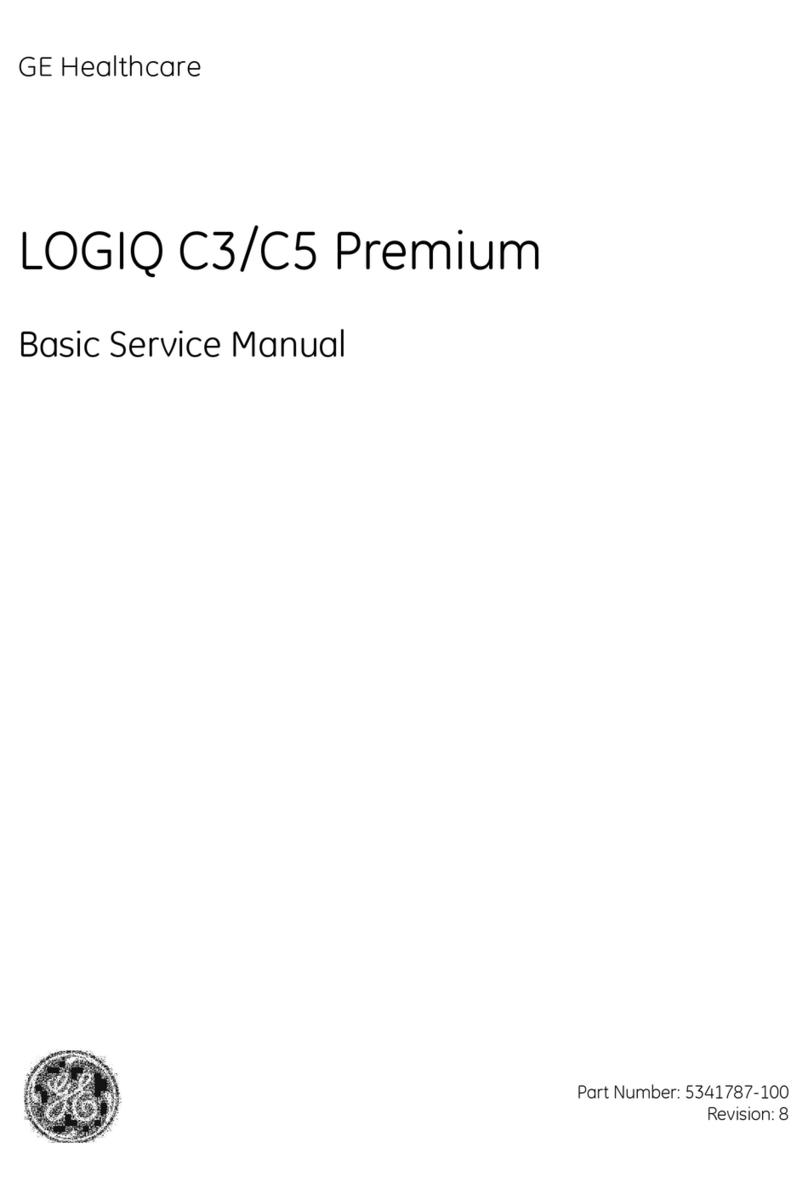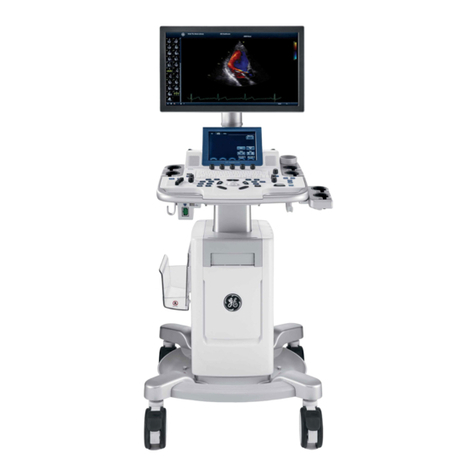
5
Introduction ............................................................................ 7
About the DINAMAP®PRO Monitor ....................................................................7
Product Compliance ...............................................................................................10
Symbols ......................................................................................................................11
Getting Started......................................................................13
Unpacking the Monitor and Accessories ...........................................................13
Power Sources ..........................................................................................................13
Powering the Monitor .............................................................................................13
Rear Panel Connections ..........................................................................................16
Front Panel Controls and Indicators .....................................................................17
Switching the Monitor On and Off.......................................................................19
Liquid Crystal Display (LCD)...................................................................................19
Using the Printer .......................................................................................................20
Installing the Paper ...................................................................................................20
Printer Alarms ............................................................................................................21
Storage ........................................................................................................................22
Using the Monitor ................................................................23
Noninvasive Blood Pressure Determination .......................................................23
Procedures..................................................................................................................27
Manual Mode ............................................................................................................29
Auto Mode.................................................................................................................29
Stat Mode ...................................................................................................................30
TURBO*TEMP............................................................................................................31
Masimo SET®SpO2..................................................................................................37
NELLCOR®OxiMAXTM SpO2.................................................................................46
Using the Menu System .......................................................55
Introduction................................................................................................................55
Liquid Crystal Display...............................................................................................55
Rotor ............................................................................................................................58
Menu Tree ..................................................................................................................58
Main Menu.................................................................................................................58
Vitals Button (UK: All Obs) .....................................................................................59
More... Button............................................................................................................60
Set BP Button (UK: BP Mode)................................................................................60
Alarms Button ............................................................................................................62
Trend Button ..............................................................................................................63
Print Button ................................................................................................................65
More... Menu .............................................................................................................66
SpO2Button .............................................................................................................66
Config Button.............................................................................................................67
Pwr Sav (Sleep Mode) .............................................................................................68
Time .............................................................................................................................69
Rotor ............................................................................................................................69
Temp............................................................................................................................70
Display Button ...........................................................................................................70
Service Button............................................................................................................71
Clinician Menu ..........................................................................................................72
Error and Warning Messages .................................................................................75
Alarms Button ............................................................................................................75
OK Button...................................................................................................................76
Contents
